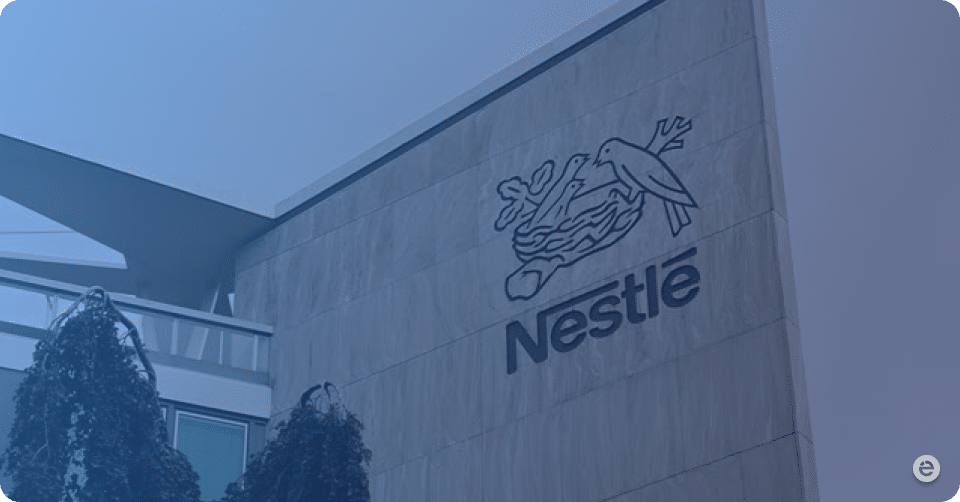试想一下,如果忽视了像您的资产这样至关重要的战略风险 外包工具 -它是您供应链中关键部件生产的基础。就像您的豪华轿车需要定期保养以避免发生代价高昂的故障一样,分散在全球供应商地点的工具难道不需要同样的警惕性吗?
然而,许多原始设备制造商忽视了这一需求,他们依赖于供应商,而供应商往往不重视维护工作,因为工具不是他们自己的。这 被动式工具维护方法 是一颗定时炸弹,影响深远。
对于原始设备制造商来说,模具维护不善的后果会波及整个组织。当工具出现意外故障时,财务影响立竿见影:
- 不断攀升的运营成本:由于整条装配线瘫痪,一天的停产损失可达数百万美元。如果考虑到弥补生产损失所需的加班费以及延误部件的加急运输费,成本将成倍增加。
- 收入不足:由于模具故障导致的产品发布延迟会造成重大的收入损失。产品延迟发布意味着错失销售机会和市场份额的减少,因为竞争对手会抓住时机抓住你的客户。
- 产品质量受到影响:模具故障会导致零件缺陷,进而导致保修索赔和客户信任受损。受损的品牌声誉可能需要数年时间和大量投资才能重建。
这些挫折可能是领先与落后的分水岭。
预防性维护的理由
从 反应 至 主动维护 战略是提高运行效率和避免代价高昂的停机时间的关键。一个强大的 工具生命周期管理 要实现这一目标,系统是必不可少的。这样的系统可以提供有关工具各个方面的实时数据,从库存和位置跟踪到使用模式和性能指标,从而就何时维修、更换或升级工具做出明智的决策。
此外,实施一个数字系统,根据每个工具的加工次数来跟踪维护情况也至关重要。该系统包括有关维护历史、所用材料和其他相关细节的全面信息。通过监控这些因素,用户可以确保按时进行预防性维护,降低发生以下情况的风险 计划外停机。
的重要性 预防性维护 这在于它能够在问题导致重大干扰之前先发制人。通过 实时洞察 通过对工具状况的了解,公司可以更有效地安排维护活动,防止出现可能导致生产停顿和产生巨额成本的故障。
数据驱动的成功--一家消费电子公司的案例
在许多企业中,传统的维护计划是根据时间间隔而非工具的实际使用情况来安排的,这导致了效率低下和频繁的纠正性维护--通常每月超过 90 次。然而,通过转而采用数据驱动的方法,即根据镜头和工具利用率等实时指标来安排维护计划,企业已经取得了显著的改善。
例如,eMoldino 的工具生命周期管理解决方案利用实时数据将纠正性维护减少了 44%,从而每月节省大量成本--$11,000,每年节省 $132 万。考虑到每次纠正性维护的成本从 $500 到 $5,000 不等,预防性方法的经济效益是毋庸置疑的。

实施 eMoldino 系统后,该公司的纠正性维护大幅减少。以前,他们每个月要进行 90 次纠正性维护活动,而采用新系统后,这个数字下降到了每月 50 次。这意味着每月减少了 40 次,凸显了 eMoldino 在简化维护流程方面的有效性。
工具管理中的战略领导力
作为高级管理人员,您的职责不仅仅是管理当前的运营,还包括维护和提升公司的长期战略利益。虽然工具维护看似细枝末节,但它对企业底线和市场地位的影响却是深远的。
考虑建立一个可实现重大财务和运营效益的 主动维护战略。 采用综合工具生命周期管理系统的公司都能显著减少意外停机时间,延长工具寿命。这些公司每年可节省数百万美元,可重新投资于研发和产品开发等战略举措,从而加快其市场竞争力。
例如,一家消费电子产品巨头使用 eMoldino 的解决方案将纠正性维护事件减少了 44%,这不仅提高了运营效率,还将节省下来的成本转化为创新机会,例如扩大产品阵容。这表明,对主动维护的战略关注可以直接促进长期增长和市场领先地位。
这其中的利害关系显而易见:投资于强大的预防性维护和利用数据驱动的洞察力,不仅仅是为了防止停机,更是为了使公司获得持续的成功和长期的竞争优势。 考虑到这一点:如何将模具维护从工厂车间的问题提升到董事会的优先事项?忽视的代价太高,而且会产生重大的战略影响。
关于作者
 eMoldino
eMoldino
eMoldino 致力于数字化、简化和改造您的制造和供应链运营。我们帮助全球制造商推动企业创新,同时保持协作和可持续发展的核心价值。 请与我们联系,了解更多信息 →
您喜欢阅读这篇文章吗?
3.8 /5.计票: 4
浏览我们的最新文章




















